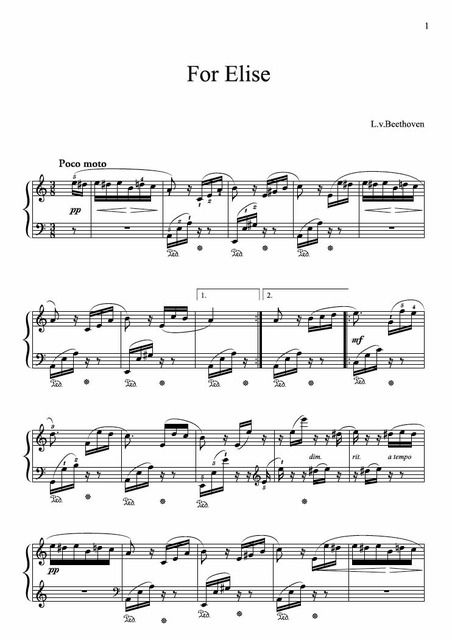Peninsular War: Siege of Cádiz begins.
Tag Archives: 1810
12 October 1810
The citizens of Munich hold the first Oktoberfest.
12 October 1810
The citizens of Munich hold the first Oktoberfest.
[rdp-wiki-embed url=’https://en.wikipedia.org/wiki/Oktoberfest’]
28 August 1810
The French accept the surrender of a British Navy fleet during the Battle of Grand Port.
The Naval Battle of Grand Port marked a decisive turn in the colonial history of Mauritius.The island occupied a key position in the Indian Ocean and was much coveted by some rival European nations fighting to establish their supremacy in the region during the colonial period.
In 1810 Britain, which had gradually reinforced its military presence in the Mascarenes to protect its interests, launched an attack at Grand Port against the French who settled in Mauritius to take possession of the island.
After being colonised and abandoned by the Dutch, the island passed under French dominion in 1715. Notable French governor Mahé de La Bourdonnais, who greatly marked the history of Mauritius by his extensive development of the colony, used Mauritius as a naval base to lead military expeditions to support French troops in India who were fighting the British.
Wealthy French traders of the island called “negociants” armed cargo ships for corsair operations. Corsairs in Mauritius (which was named Isle de France by the French) attacked defenseless British merchant vessels and looted their precious cargoes loaded in India for trading in Europe. These attacks severely disrupted British trade in the Indian Ocean as well as disturbing the reinforcement of the growing British Indian Army. On their return route from Britain to India, these ships often carried British soldiers.
The corsairs were granted written legal authorisations or “Lettres de marques” by French governor Malartic which demarked them from pirates.
Following the outbreak of the Napoleonic Wars in 1803, the security of these routes became a high priority for the British Admiralty. To protect their interests, the British gradually increased their naval superiority in the region.
27 April 1810
Beethoven composes Für Elise.
Ludwig van Beethoven, widely acknowledged as one of the greatest composers of all time, is thought to have completed his masterpiece “Für Elise” on this day in 1810.
Ludwig van Beethoven was born on 17 December 1770 in Bonn, Germany, and died on 26 March 1827 in Vienna, Austria. Amongst his complete oeuvre are two masterpieces that are familiar to even the least discerning ear, the Fifth Symphony and “Für Elise”. Passages from both of these pieces of music are instantly recognisable and remain famous all over the world.
Beethoven completed “Für Elise” on 27 April 1810, but it was not actually discovered and published until 1867, a full 40 years after his funeral. The original autographed score was found by a German music scholar, Ludwig Nohl, who had it transcribed and published. However, this original manuscript is now lost, and some have even suggested that it never actually existed, adding mystery to the music.
The other great mystery about “Für Elise” surrounds the identity of the dedicatee, Elise. Some scholars have suggested that Nohl may have transcribed the title incorrectly, and that it was actually called “Für Therese” in honour of Therese Malfatti von Rohrenbach zu Dezza. This generously named Therese was a friend and former student of Beethoven’s, whom he had fallen in love with and proposed to in 1810—only to be turned down in favour of the Austrian nobleman Wilhelm von Drossdik.
28 August 1810
The French accept the surrender of a British Navy fleet after the Battle of Grand Port.
10 January 1810
Napoleon Bonaparte get a divorce from his first wife Josephine.
28 August 1810
The French accept the surrender of a British Navy fleet to end the Battle of Grand Port.


